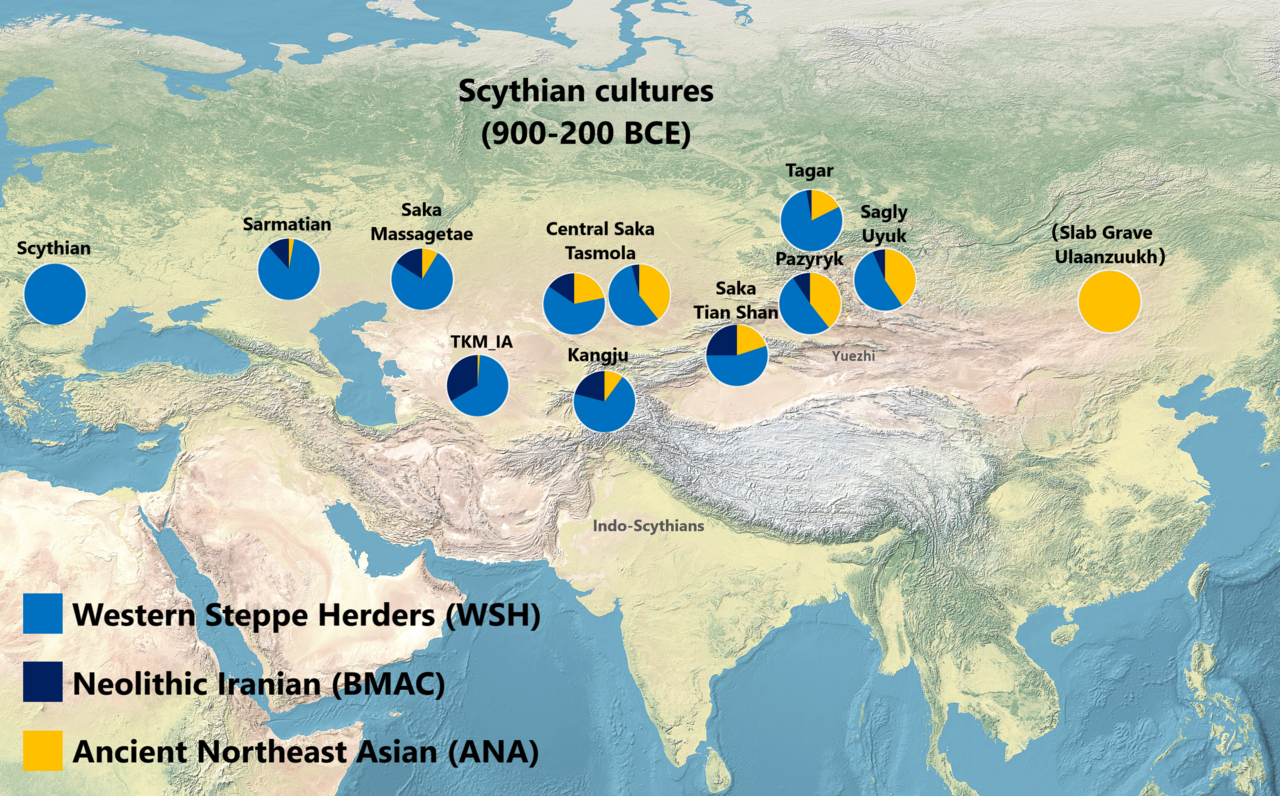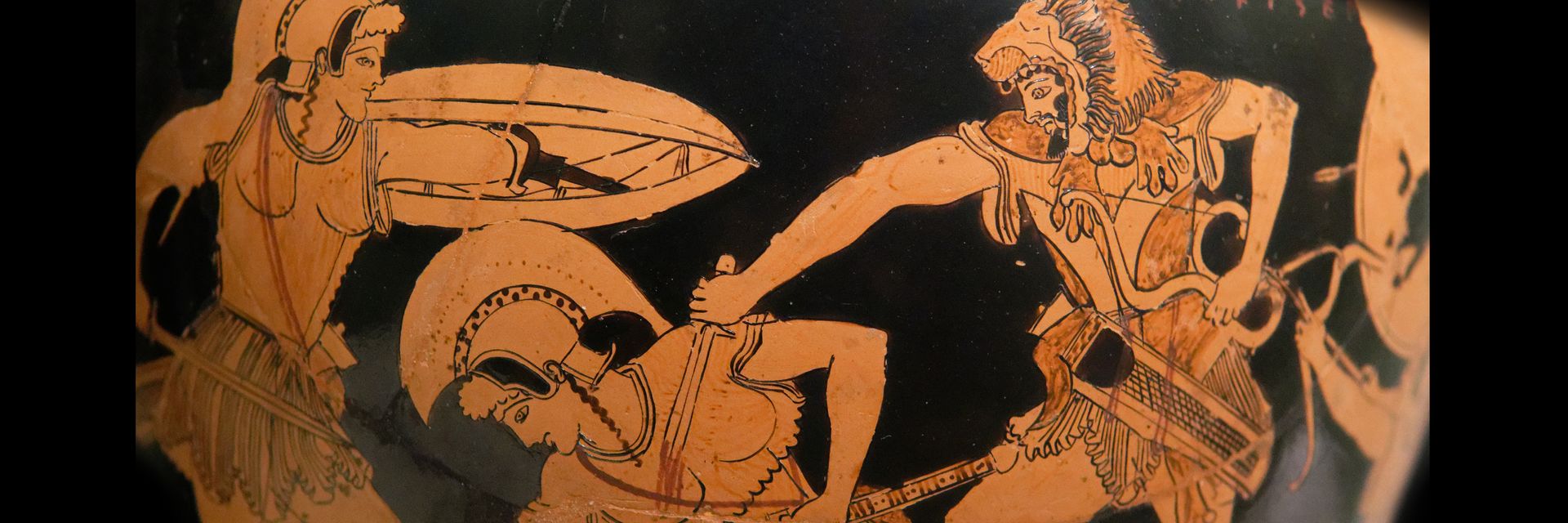Among the ancient Scythians, women were as likely as men to be the warriors who fought for their tribe.
◊
As archaeologists dig deeper into humanity’s past, surprises abound. Among the more unexpected findings of recent decades is evidence that women warriors – Amazons, as the ancient Greeks called them – were a historical reality, not just fanciful figures to adorn pottery and make occasional appearances in myths and legends.
One cultural group in which women warriors were honored members roamed a vast expanse of Central Asia during the Iron Age. They were the Scythians.

For more on the role of ancient Scythian women, check out Amazon Women Warriors on MagellanTV.
Who Were the Scythians?
Renowned for their skills in horseback riding, archery, and warfare, the Scythians were a nomadic group of tribes that predominantly inhabited the Eurasian steppe, which stretches from the northern Black Sea past the Caspian Sea all the way to Mongolia and western China. According to archaeologists, the Scythians’ dominated this huge region approximately from the 9th century to the 1st century BCE.
The Scythians interacted with various ancient civilizations, including the Greeks, Persians, and Assyrians. They traded goods such as furs, leather, and honey for commodities like wine and metalwork, and their tactics in warfare both challenged and influenced these neighboring civilizations.

Scythian cultures and their genetic makeup (Credit: Wikiuser1314, via Wikimedia Commons)
Art and Burial Practices of the Scythians
Scythian art, particularly metalwork, was highly sophisticated and depicted scenes from their daily life and mythology. Their burial mounds, known as kurgans, often contained valuable artifacts, weapons, and sometimes the remains of horses, pointing to the high status of the buried individuals and their culture's reverence for horses and warfare.
The kurgans and other burial sites have revealed much about the role of women in Scythian society – and especially their prominence as warriors, every bit the equals of males.
DNA Analysis Overturns Outdated Assumptions
As explained in MagellanTV’s Amazon Women Warriors, archaeologists of the 19th and 20th centuries typically made an egregious error when assessing the remains found at Scythian burial sites: If weapons were found in the graves, the mummified and skeletal remains were assumed to be those of men. But recent excavations and advances in DNA testing have put those assumptions to rest.
The Amazon Women Warriors documentary focuses on a burial site in southern Siberia in which a mummified warrior was buried with a bow and arrows and a battle axe. DNA analysis determined that the remains – originally misidentified as those of a man – are, in fact, an exceptionally well-preserved example of a woman warrior who was surely revered in her community.
Another significant find was made in 2019 when a 2,500-year-old tomb in the western Russian village of Devitsa was discovered. It contained the remains of four women warriors, representing three generations of their Scythian tribe.
These discoveries challenge previously accepted notions of the “natural” role of women as only nurturant caregivers and supporters of male-dominated hierarchies in ancient societies, especially in matters of warfare and conquest. As Stanford University professor Adrienne Mayor points out, “If you think about it, a woman on a horse with a bow, trained since childhood, can be just as fast and deadly as a boy or man.”
Ω
Title Image: Herakles fighting the Amazons, Attic red-figure pottery, 5th century BCE (Source: Collection of Giampietro Campana di Cavelli, via Wikimedia Commons)

